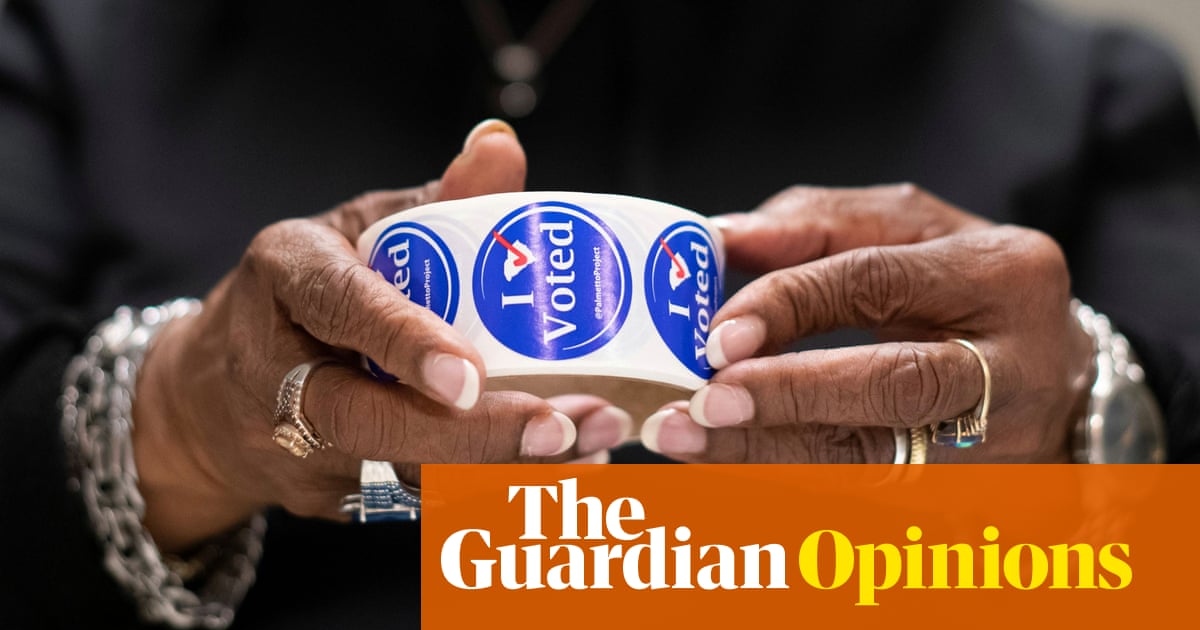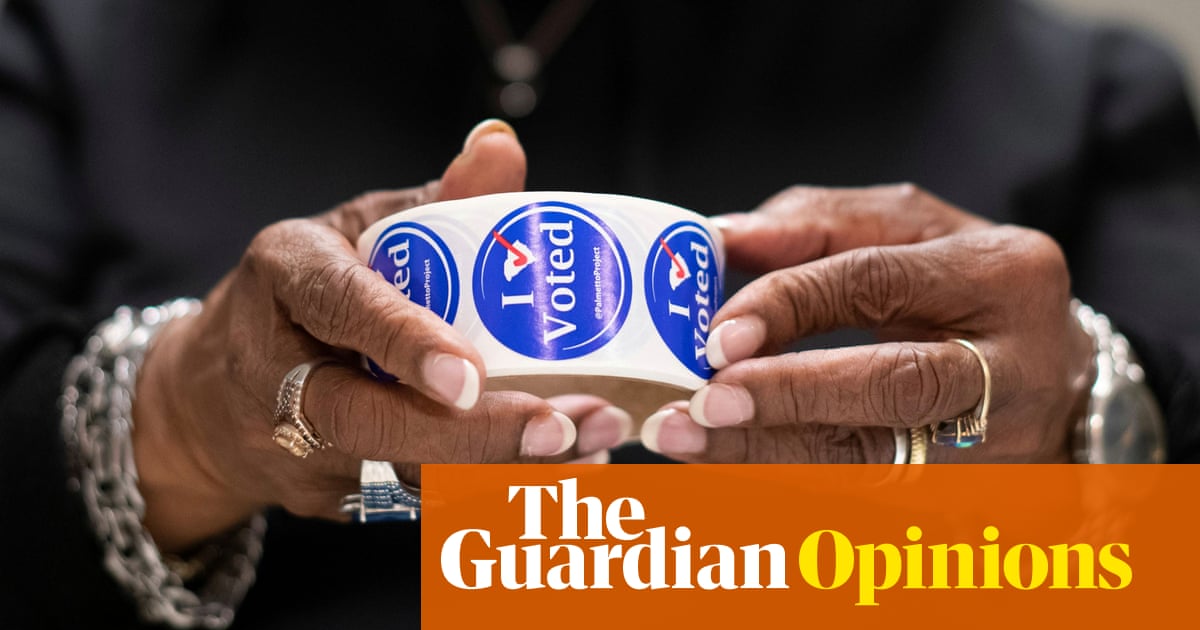Voters of color will decide if Bernie Sanders or Joe Biden prevail | Steve Phillips
The candidates who failed to gain traction with people of color will soon drop from the race, leaving two white men to vie for the black vote

Now that the first four contests of the Democratic nomination have concluded, its clear that whoever wins the nomination will owe their success to the love and support of people of color. The question is, will the nominee love them back?
With Joe Bidens resounding victory in Saturdays South Carolina primary, following on the heels of Bernie Sanders dominating showing in the Nevada caucuses a week prior, it is increasingly looking like the race will come down to Biden versus Sanders, and both of them are in their commanding positions because of the votes of people of color.
Entrance polls in Nevada showed Sanders leading among white voters (31% to 18%) but running away with the contest among Latinos, who made up 17 % of all voters. Among that critical demographic, Sanders beat his opponents by at least a 3 to 1 margin (51% to 13% according to the entrance polls). Deeper, precinct-level analysis by UCLAs Latino Policy and Politics Initiative show Sanders securing an astounding 74% of the vote in the most heavily Latino neighborhoods. That lopsided margin resulted in the landslide nature of his win in Nevada.
A week later, black folks in South Carolina did for Biden what Latinos had done for Sanders in Nevada. In a state where African-Americans comprise the majority of all Democratic voters, exit polls showed that African-Americans gave 61% of their votes to the vice president of Americas first black president, propelling him to a nearly 30 point victor. Bidens candidacy may now be resuscitated from its near-death status after abysmal showings in the opening contests in Iowa and New Hampshire, and he now has momentum heading into Super Tuesday where he hopes that his proximity to the Obama legacy can further fuel his electoral rise in heavily-black states such as Alabama, North Carolina and Virginia.
The candidates who failed to gain traction with people of color will now soon likely drop from the race, reducing the contest to a one-on-one battle between Sanders and Biden. The question going forward for the finalists is will they reciprocate the love they have received from the communities of color? Reciprocity means making meaningful commitments and putting ones money where ones mouth is.
On the critical question of who the candidate will choose as their vice presidential nominee, their language has been cute, but their commitments have been soft. Sanders has gone further than Biden by saying that his pick wont be an old white guy. When he got into the race, Bidens camp floated the name of Stacey Abrams, Georgias 2018 Democratic gubernatorial nominee, but he has thus far refused to take a firm stand. Although, at last weeks debate, he did admirably commit to putting a black woman on the US supreme court, it also came off as pandering in a moment of desperation, evoking images of a man wholl say anything to win back the object of his affection. Any supreme court pick will be far down the road, while the rubicon of the vice presidential nomination is just over the horizon.
The other critical component of commitment relates to how candidates allocate their resources. In the inimitable phrase made famous by Cuba Gooding, Jr will they show me the money? Presidential campaigns are enormously expensive undertakings, with hundreds of millions of dollars spent in multiple states over many months. Historically, Democratic campaigns have been run by what former Atlanta mayor Andrew Young called smart-ass white boys who pour resources into a relentless and unproven quest to woo white voters who they hope will abandon the Republicans, regardless of the absence of data supporting such a strategy.
Sanders and Biden can both show how serious they are or arent about their commitment to people of color by allocating hundreds of millions of dollars to hire staff and invest in organizations with deep community roots and effective track records at turning out the vote. In 2020, thus far, Sanders is far ahead on this category having invested heavily in bringing on staff of color in Nevada, South Carolina, California and other states who come from and are connected to the communities of color (75 of Sanders 225 Nevada staffers and 83% of his South Carolina staff were people of color). Biden has lacked Sanders resources, but at a minimum he should send a strong signal about the strategy he wants to pursue by encouraging the entire progressive ecosystem to prioritize increasing voter participation in the areas with large concentrations of people of color. That means the urban areas of Detroit, Milwaukee, and Philadelphia in the Midwestern battleground states as well as expanding the map by seriously contesting the new battlegrounds in the South of Arizona, Georgia, North Carolina, and Florida.
The presidential race is reaching a significant inflection point, and its more likely than not that the finalists will be two old white men who have benefitted enormously from the backing of voters of color. Whether they return the affection will not just speak volumes about their values, but also about their sophistication, strategy and prospects for victory in November.
-
Steve Phillips is the host of Democracy in Color with Steve Phillips, a color-conscious podcast about politics, and is the author of Brown Is the New White: How the Demographic Revolution Has Created a New American Majority
Read more: https://www.theguardian.com/commentisfree/2020/mar/01/voters-of-color-bernie-sanders-joe-biden
